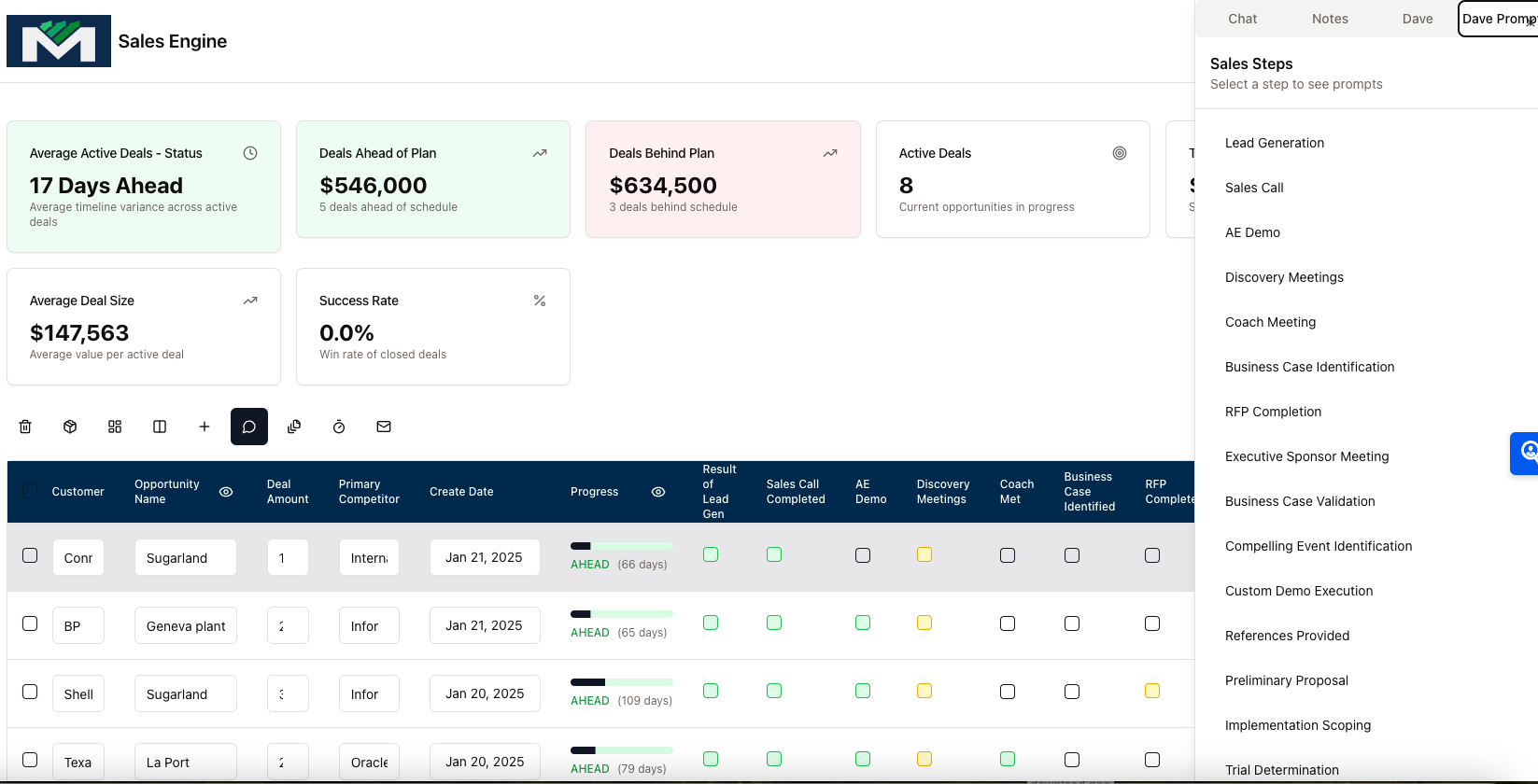Most people can’t imagine buying a car that they haven’t taken for a test drive. Certainly, test drives are a well accepted selling tactic in the car business. In fact, historically, test drives convert to sales a very high percentage of the time (81%), which is why dealers encourage that activity. SaaS buyers have more recently taken to that tactic for enterprise software projects. Practically unheard of during the era of on-premise software, the trial/POC (proof of concept) has become the norm in the SaaS market. Do SaaS buyers convert from trials to sales as often as car test drives?
Part of the reason for the surge in free (or paid) trials is that, as compared to those during the on-premise era, they are relatively easy to execute. Configure in the cloud, activate users and away you go. However, this relative ease in execution has driven the need for discretion, in order to determine the best time and purpose for the trial. While easy to technically execute, a trial that is likely to convert to a sale takes careful planning (and incurs a significant sales cost). So, when should a trial be conducted and what is the best way to conduct the trial to ensure conversion to an enterprise sale?
The answer to the "when" question is straightforward: according to the MOIC Sales Engine, the trial should be used as a final proof point during the Best Case sales stage that the software could and would be adopted by the end users. Sometimes, the demo (even a custom demo) can leave the customer wondering if it reflects the true use case for the software and believes that the end users must try it (test drive) before committing to the product. The best way to execute a trial requires more complex planning than merely the technical configuration and deployment.

For example, understanding why the trial is needed and how success will be measured are critical to converting the trial to an enterprise deal. The first step, though, is to establish "success criteria" that is validated by the decision maker that ensures if the trial achieves whatever metrics are required, the sale will occur in the agreed upon timeframe. This step is absolutely essential and should not be taken lightly. Too often, trials have hazy non-measurable success criteria and, therefore, cannot be achieved and the deal stalls.
Another critical factor in trial success is determining the functional scope of the trial. Remember, the trial is trying to prove a point, not serve as an implementation. Keeping the scope narrow, the timeframe short and the user count small are critical to maintaining a timely and precise trial. Losing control of any of these scope/timing/user count issues will, certainly, derail the trial. At a minimum, it will slow the timing of the enterprise deal. Remember, the objective of the trial is to prove that the demo was an accurate depiction of how the system could be deployed.
In summary, trials should convert to enterprise software deals at least 90% of the time; all it takes is discipline around the planning and the execution. Establish success criteria validated with the executive sponsor of the project with a commitment to buy at the trial's successful conclusion, as defined by the agreed-upon metrics as sufficient to prove that the system will deliver on the promises made during the demos.




.jpeg?width=352&name=Photo%20-%20shutterstock_1972218197%20(small).jpeg)
